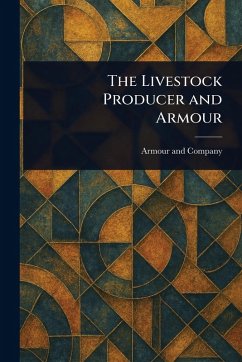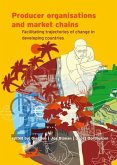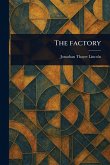"The Livestock Producer and Armour," published by Armour and Company, provides a detailed look into livestock production and the operations of the meatpacking industry. This historical text offers valuable insights into agricultural economics and animal husbandry as practiced at the turn of the century. Learn about packing-house products and the inner workings of one of the largest companies in the United States: Armour and Company. Explore the industrial management practices of the era and the complex relationships within the agribusiness sector. This book is a valuable resource for anyone interested in the history of agriculture, the meatpacking industry, or the evolution of business practices within the technology and applied sciences. A timeless look at a critical industry and its impact on the American economy. This work has been selected by scholars as being culturally important, and is part of the knowledge base of civilization as we know it. This work is in the public domain in the United States of America, and possibly other nations. Within the United States, you may freely copy and distribute this work, as no entity (individual or corporate) has a copyright on the body of the work. Scholars believe, and we concur, that this work is important enough to be preserved, reproduced, and made generally available to the public. We appreciate your support of the preservation process, and thank you for being an important part of keeping this knowledge alive and relevant.
Bitte wählen Sie Ihr Anliegen aus.
Rechnungen
Retourenschein anfordern
Bestellstatus
Storno









